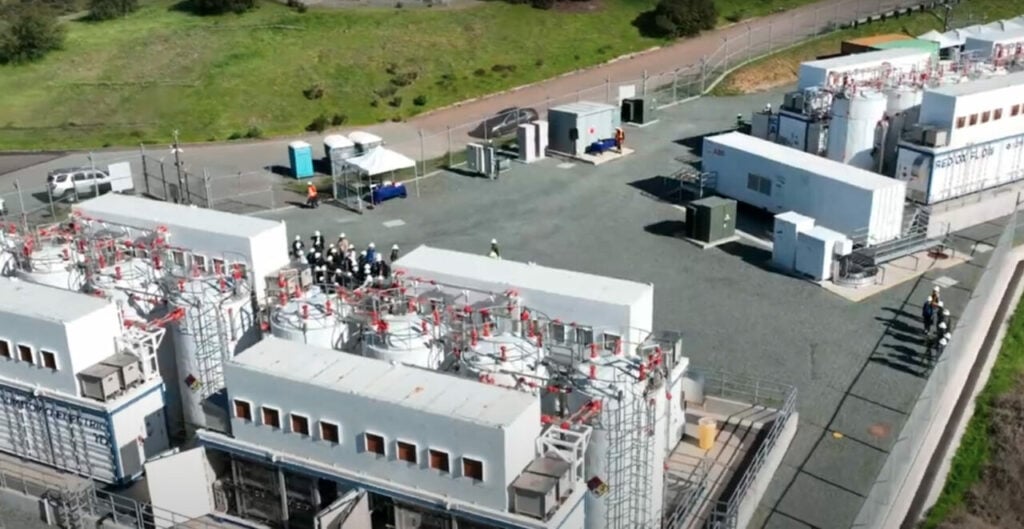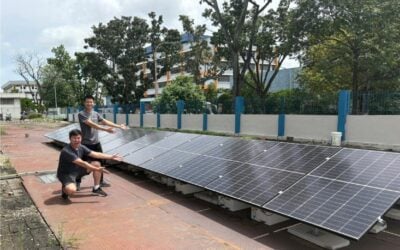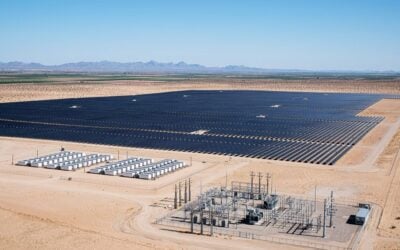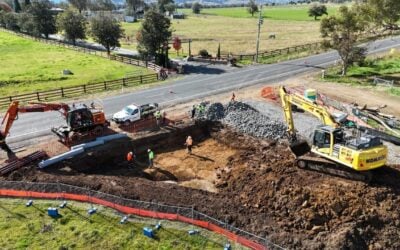
Battery storage with up to 4-hour duration is helping to meet peak demand across summer periods on the US power grid, but long-duration energy storage (LDES) may be key to managing demand in winter.
That’s according to new research from the US National Renewable Energy Laboratory (NREL). Nearly all new energy storage being added to the grid today comprises lithium-ion battery energy storage system (BESS) assets, and more than 90% have 4-hour duration or less.
Enjoy 12 months of exclusive analysis
- Regular insight and analysis of the industry’s biggest developments
- In-depth interviews with the industry’s leading figures
- Annual digital subscription to the PV Tech Power journal
- Discounts on Solar Media’s portfolio of events, in-person and virtual
That is a result of both the perceived limitations of the technology, but also because market structures across the US – and most other parts of the world – do not value duration of storage much beyond that figure.
Cost reduction side
As regular readers of Energy-Storage.news will know, there are dozens if not hundreds of providers with technologies proposed as alternatives to lithium-ion (Li-ion) that have the potential to go to many more hours and even days of storage that they are seeking to commercialise.
For those companies, part of the challenge they face is that Li-ion batteries are produced at massive a scale and also in demand by electric vehicles (EVs) and other applications. That means they have enjoyed continued falls in cost and innovations at every level from cell to complete system, while investors and other stakeholders have now had some time to become comfortable with the technology.
Long-duration energy storage (LDES) technology providers must therefore continue to work to lower their costs and increase the scale of production, something the US government has recognised and committed to supporting through its Energy Storage Grand Challenge competition and a recent pledge of US$325 million funding for a range of LDES projects.
Market value of long-duration energy storage
Meanwhile, getting the market value of longer duration of energy storage right is something of a ‘chicken and egg’ problem to solve. As renewable energy penetration on the grid grows, so does the need for more energy storage, for longer periods.
DNV said in its recent Energy Transition Outlook 2023 report that technologies like vanadium redox flow batteries (VRFBs) could be promising for providing 8-hour to 24-hour storage at relatively low cost, and that as storage begins to exceed 0.5% of grid-connected resources in a given market, the duration requirements start growing quickly.
BloombergNEF said in a recent report of its own that around 1.4GW/8.2GWh of cumulative non-lithium and non-pumped hydro long-duration energy storage deployments have been made around the world so far, but despite “a flurry of announcements” in the US and China “the case for long-duration remains uncertain”.
Recent activity in some of the US’s leading battery storage markets like the California Independent System Operator (CAISO) and the Electric Reliability Council of Texas (ERCOT) in Texas is trending towards increasing average durations, but these are still limited to 4-hour in CAISO and about 2-hour in ERCOT.
“We’ve seen steady migration to longer duration,” John Zahurancik, Americas president at BESS system integrator Fluence told Energy-Storage.news in a recent interview.
The short duration use cases tend to be “easier to monetise, and usually come first. Then the system gets experienced and you start moving into other [use cases],” Zahurancik said.
The Fluence Americas president said that the company is hearing from prospective customers interested in doing 6-hour and 8-hour duration projects, and some have already gotten underway in markets including California within the US and Chile outside of it.
Zahurancik said incidentally that in his view, lithium-ion will likely be able to provide for up to 6-hour and 8-hour applications, but some of the more “nascent” technologies may be able to step in for longer duration.
However, to get back to the NREL report, which comes as part of the US national laboratory’s ongoing Storage Futures Study multi-year research series, US energy markets are largely configured for today’s or even yesterday’s needs, not those of the future.
That means markets are designed around utility and grid operators’ need to supply customers with electricity reliably, and much of this centres around meeting summer peaks in demand. Those tend to come daily, and follow the morning and afternoon periods of highest solar PV generation – in other words they last about four hours of the early evening to night time.
Several wholesale market regions in the US therefore have implemented a 4-hour capacity rule which is fixed, the NREL report authors said. A long-duration asset will not make more money in those markets than a 4-hour one, while arbitrage opportunities – shifting off-peak energy to peak times – also do not value LDES.
However, peak demand is becoming more significant in winter than in summer, especially with the electrification of heating for buildings and extreme weather events both becoming more common. While winter peaks last longer than summer ones, there is also the disadvantage of solar PV generation being less abundant at those times – hence the case for LDES grows.
Even in summer, the duration of storage needed could grow. Solar industry veteran and financier Jigar Shah told Energy-Storage.news last month at the RE+ trade show that during heat waves in Texas earlier this year, grid operators in ERCOT saw that LDES could have been a valuable tool to manage demand.
“When you look at what happened in Texas this last summer, I think they have been saying that long-duration energy storage would have been more valuable, because generally speaking, the wholesale power prices stayed high, all the way through 10pm, but solar started going down at 4pm,” Shah, who now heads up the Department of Energy’s Loan Programs Office, said.
“They needed six hours of battery storage and they had largely installed two hours of battery storage and so they weren’t able to really bridge with the amount of storage they installed all the way to 10pm. So it’s a good case for where, if they had ten hours of battery storage, they may have actually been able to better meet the market needs.”






